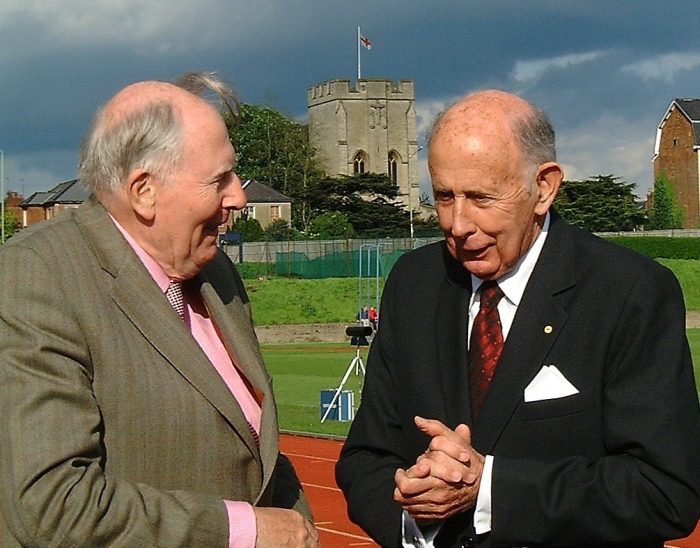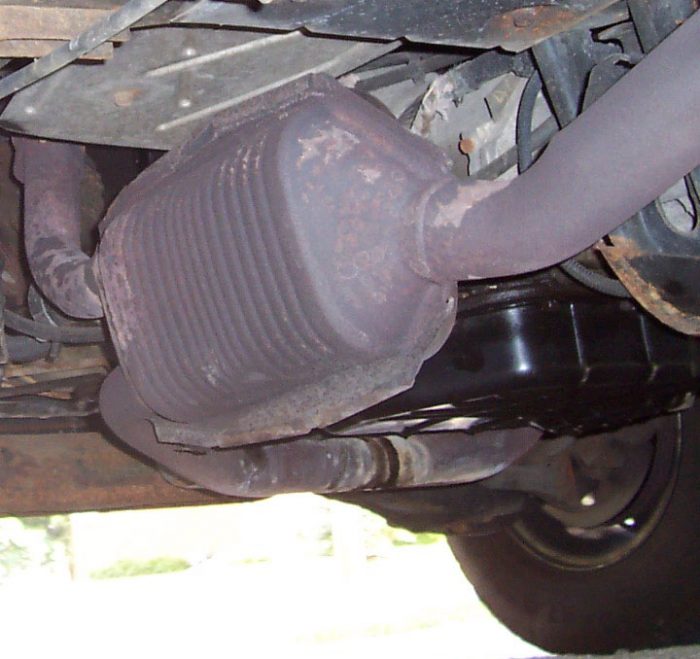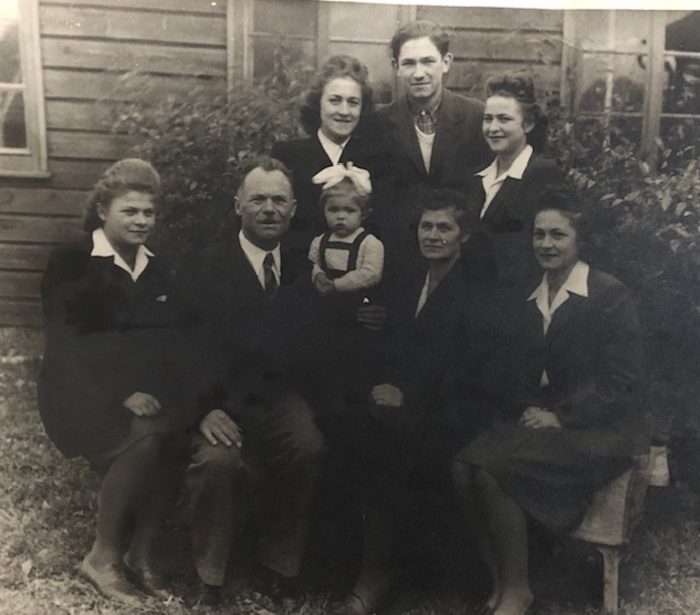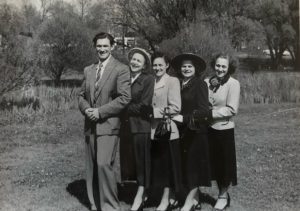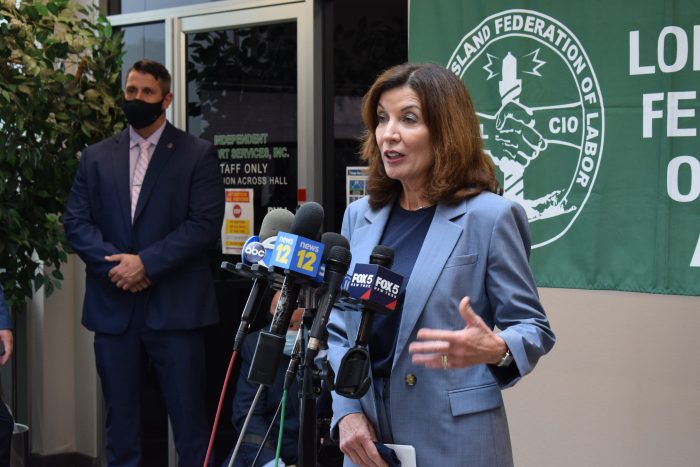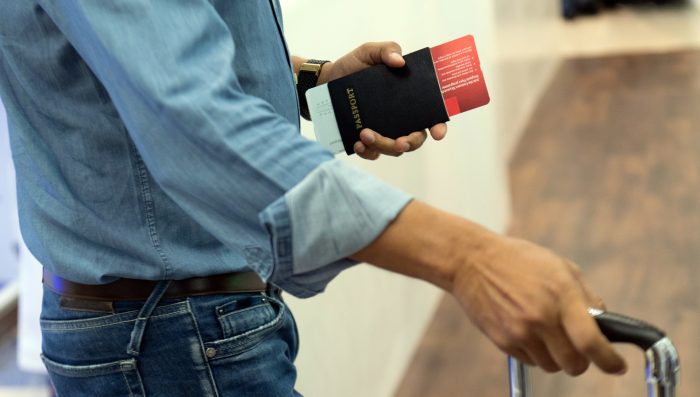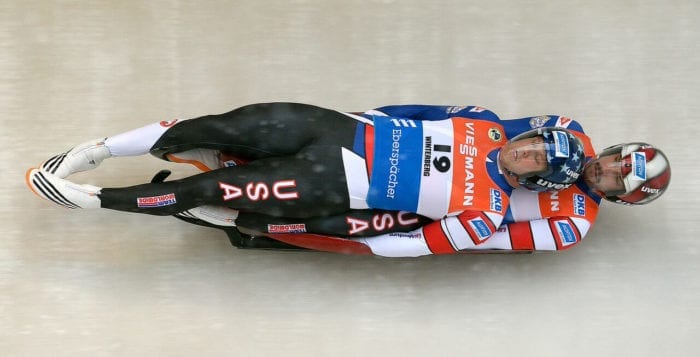By Leah S. Dunaief

These are difficult times, but we’re not going there. As President Joe Biden pointed out in his State of the Union Wednesday night, the war in Ukraine, inflation, Covid and climate change are some of the troubles before us. Further, for Pete’s sake, the owners and the players of major league baseball are so far apart in their negotiations that we don’t even have an opening day. And it seems that potholes on local roads multiply overnight. Let’s talk about other things.
Have you ever heard of John Landy? I had, but not by name. Many of us know who Roger Bannister was. It was breathtaking news when he broke the four-minute mile at 3:59.4 as a runner on May 6, 1954. Until that day, humans were not expected to run that fast. Bannister always gave credit to the guy behind him, and in the subsequent race billed as the Mile of the Century, on August 7, it was John Landy.
Landy, an Australian academic, was also a runner. Graduating from Melbourne University that famous year with a degree in agricultural science, Landy and Bannister, an Englishman and medical student at Oxford at the time, ran against each other on Aug. 7 at the British Empire Games in Vancouver, British Columbia. It was to be the first time two men would better four minutes in the same race. Landy had previously run on June 21, in Turku, Finland, scoring 3:57.9. (The current record, by the way, is 3:43.13, held by Hicham El Guerrouj of Morocco.)
They were the only two who had individually broken the four-minute mile record earlier that year, and their race generated huge excitement. Bannister finished first. Eight-tenths of one second separated the two. Bannister saluted Landy for offering the fierce competition that pushed him just a little bit harder to win. You might wonder how I know all this. Landy died last Thursday in Australia at the age of 91, and there was an appropriately in-depth obituary about him in Sunday’s The New York Times, so I attribute all this information to obit writers Frank Litsky and William McDonald.
“As expected, Landy led from the start, building a 15-yard lead. But Bannister … closed in on the last lap and Landy could sense him coming. Rounding the final turn, he peeked over his left shoulder to see where Bannister was. But Bannister was on his right, and as Landy’s head was turned, Bannister stormed by him, and won in 3:58.8. Landy came in second, in 3:59.6
“Only later was it learned that Landy had run the race with a wounded foot. By his account, he could not sleep the night before the race, so he got up and, barefoot, walked the streets — only to gash a foot on a photographer’s discarded flashbulb. He allowed a doctor to close the wound with four stitches, but only after the doctor swore that he would keep the incident quiet,” according to The NYT.
It was Dr. Roger Bannister, however, whose name “became synonymous with singular athletic achievement,” according to Wikipedia. He died in 2018, making Landy the winner in longevity.
A testament to Landy’s sportsmanship occurred in 1956 at the Australian track and field championships in Melbourne. (Bannister, by the way, retired from competitive running in 1954, to concentrate on medicine.) As Landy was running in the race, hoping to break the record again and participate in the coming Olympics there, a 19-yeaar-old competitor, Ron Clarke, was bumped and fell down ahead of him. When Landy leapt over his body, he inadvertently spiked his right shoulder.
Landy stopped, ran back to Clarke, brushed cinders from Clarke’s knees and said, “Sorry.” “Keep going,” Clarke said. “I’m all right.” Clarke got up, and he and Landy started after the others, who by then were 60 yards ahead. Landy caught them and won in 4:04.2, according to The NYT.
Landy, in his own words, had “an extraordinarily interesting life.” I hope you find his story uplifting in what is today a darker time.

